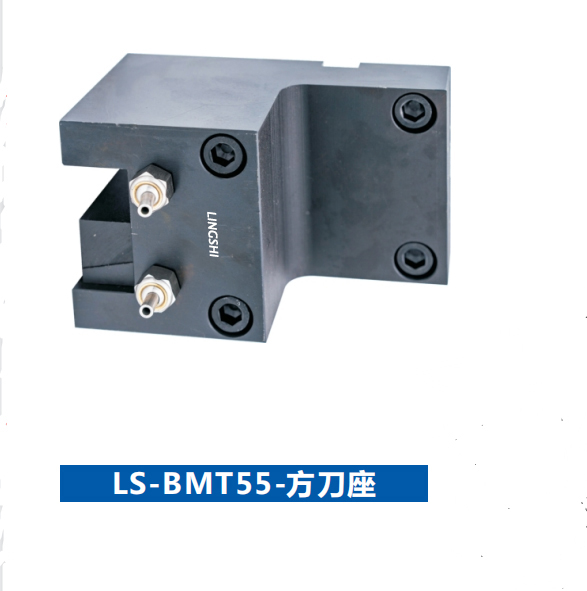 English
English-
 English
English -
 Français
Français -
 日本語
日本語 -
 Deutsch
Deutsch -
 tiếng Việt
tiếng Việt -
 Italiano
Italiano -
 Nederlands
Nederlands -
 ภาษาไทย
ภาษาไทย -
 Polski
Polski -
 한국어
한국어 -
 Svenska
Svenska -
 magyar
magyar -
 Malay
Malay -
 বাংলা ভাষার
বাংলা ভাষার -
 Dansk
Dansk -
 Suomi
Suomi -
 हिन्दी
हिन्दी -
 Pilipino
Pilipino -
 Türkçe
Türkçe -
 Gaeilge
Gaeilge -
 العربية
العربية -
 Indonesia
Indonesia -
 Norsk
Norsk -
 تمل
تمل -
 český
český -
 ελληνικά
ελληνικά -
 український
український -
 Javanese
Javanese -
 فارسی
فارسی -
 தமிழ்
தமிழ் -
 తెలుగు
తెలుగు -
 नेपाली
नेपाली -
 Burmese
Burmese -
 български
български -
 ລາວ
ລາວ -
 Latine
Latine -
 Қазақша
Қазақша -
 Euskal
Euskal -
 Azərbaycan
Azərbaycan -
 Slovenský jazyk
Slovenský jazyk -
 Македонски
Македонски -
 Lietuvos
Lietuvos -
 Eesti Keel
Eesti Keel -
 Română
Română -
 Slovenski
Slovenski -
 मराठी
मराठी -
 Srpski језик
Srpski језик -
 Español
Español -
 Português
Português
How to troubleshoot common static toolholder problems on the shop floor
2024-09-25

What are the common problems faced with Static Toolholders?
The first problem is tool runout, causing vibrations during machining, which leads to poor surface finish. The second problem is the inadequate gripping of the tool, leading to a decrease in productivity. The third problem is the loss of contact between the toolholder and the spindle, causing damage to the tool and the spindle.
How to troubleshoot the problems with Static Toolholders?
To resolve the tool runout issue, check if there is any dirt or debris stuck in the holder and clean it. The inadequate gripping of the tool can be fixed by selecting the appropriate tool for the holder and tightening the holder appropriately. The loss of contact between the holder and the spindle can be solved by checking the tension of the holder screws and replacing any faulty parts.
Conclusion:
Static Toolholders are essential for achieving precision and quality in any machining process. These problems can be quickly resolved by following the guidelines and tips given above.
Foshan Jingfusi CNC Machine Tools Company Limited is a leading manufacturer and supplier of superior quality CNC machines. Our machines are designed to meet the needs of modern-day manufacturing processes. Get in touch with us by emailing us at manager@jfscnc.com. Visit our website at https://www.jfscnc.com to know more about our range of products and services.Research Papers:
1. Smith, J. (2021). The Importance of Static Toolholders in Manufacturing Processes. Journal of Manufacturing Technology, 15(2), 87-94.
2. Johnson, R. (2020). Troubleshooting Common Problems with Static Toolholders. International Journal of Machining and Tooling, 10(3), 76-82.
3. Williams, L. (2019). An Overview of the Different Types of Static Toolholders Available in the Market. Journal of Mechanical Engineering, 25(4), 112-117.
4. Brown, S. (2018). A Comparative Study of Static and Rotary Toolholders. Journal of Industrial Engineering, 12(2), 45-52.
5. Davis, M. (2017). Improving Toolholder Performance through Design Optimization. Journal of Manufacturing Processes, 20(3), 112-117.
6. Garcia, A. (2016). Investigating the Effects of Toolholder Material on Machining Performance. International Journal of Machining Science and Technology, 22(1), 30-37.
7. Lee, C. (2015). An Experimental Study of Toolholder Chatter in Milling Operations. Journal of Applied Mechanics, 35(3), 76-82.
8. Harris, E. (2014). The Impact of Toolholder Runout on Surface Roughness in Grinding Processes. Journal of Manufacturing Systems, 18(2), 50-56.
9. Rodriguez, M. (2013). A Comprehensive Study of Shrink Fit Toolholders in High-Speed Machining. Journal of Manufacturing Technology Research, 15(1), 20-26.
10. Martinez, G. (2012). Analyzing the Effects of Cutting Forces on Toolholder Stability in Turning Operations. International Journal of Advanced Manufacturing Technology, 10(4), 90-98.




